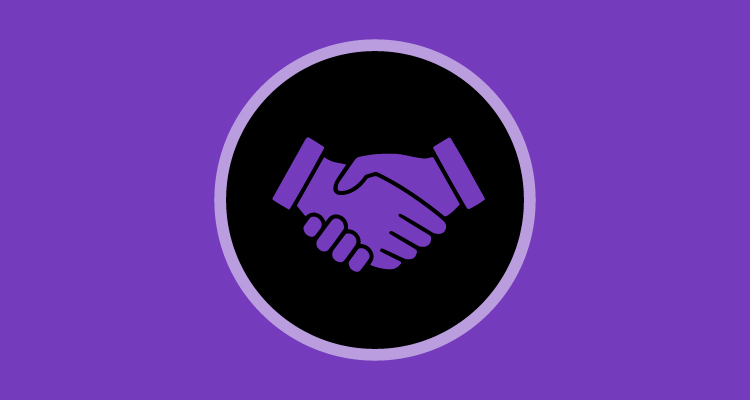The Impact of Organizational Trust

By Jon Sidwick
Collabtech Group
Back in March, the world started to close down. Traditional working environments changed overnight with knowledge workers shifting from the office to their homes, retail outlets closing or putting in strict protocols and the events industry all but disappearing.
This has brought about an incredible shift in power. Suddenly, the individual has become far more critical than the company. Trust has become a byword of how organizations manage their teams and how teams’ interface in their digital workflow has become crucial. We are now forever going to be in a hybrid world where managing the fluid movement of people between locations will drive the technology deployed.
We have been saying for a while that platform is an important point of conversation — it’s now become critical. How a user interfaces with one or more platforms from home to huddle to meeting space on multiple device types has to enable seamless, hybrid working. This is all having a material impact on the AV industry and specifically the services required to be able to support the new work environment we are in.
Modern management is not only essential to compute devices but is now fast becoming a conversation point in the meeting space. The virtual deployment, provisioning and management of products delivers organizations flexibility, agility, security and control, which is more important than it’s ever been. Any collaboration solution that sits in this environment will be subject to the same requirements as a standard compute device. As an industry, we have to understand and even be part of the solution providing this service.
User adoption in the hybrid world is now far more challenging. Providing support to a disparate workforce, where direct support and training from colleagues or through a more formal process is no longer possible, makes this more complicated. Offering support lines, proactive virtual training and even self-consumption enablement are becoming requirements for the industry.
This also applies to meeting room support. Most of the industry is currently finding the large meeting room side of the business has become very tough. This is driven by the focus/requirements of customers and the way budgets are being directed. Organizations are moving quickly to an increased number of more cost-effective meeting spaces with “good enough” collaboration tools.
The speed of deployment plus the limitations of channel installation means there is a need for virtual deployment, enablement and even maintained support services. This is something that a lot of the channel is not equipped to deliver — or at least deliver at the sort of price the volume opportunities require.
Other new deliverables also now include workforce migration from WFH to office working support, the impact of technology on hybrid working, and how data can be used as an effectiveness measure and part of a company’s safety protocols.
All of this is tearing up a lot of our industry rule book. We need new skills and a scale engine delivered with a different pricing model. The distinct silos companies and suppliers lived in have been removed. We now have to learn how to navigate across everything that delivers fluid, multi-location, digital workflow.
We also have to learn to deliver direct services at a scale and price point model that keeps pace with the volume/value mix organizations now require. When platforms provide a stack of functions, we see users make sure they use as much of this functionality as possible to save costs and improve user experience. An example of this is with internal events where larger town halls — which were once externally produced — are now being self-delivered using platforms such as Microsoft Live Events augmented by OBS.
Moving forward, we will see an acceleration toward even more deployment of great communication and collaboration solutions in an employee-centric environment, where forced trust has changed how people work forever.
As an industry, we have to be aware that we are no longer seen as being just AV; we are far more important than that. We sit at the Visual Edge Of Platform; helping companies deliver quality communication and workflow is a far larger lift than just great meetings. It also requires data, platform, subscription, training and support service skills, which other industries such as IT, have learned to be masters of.




